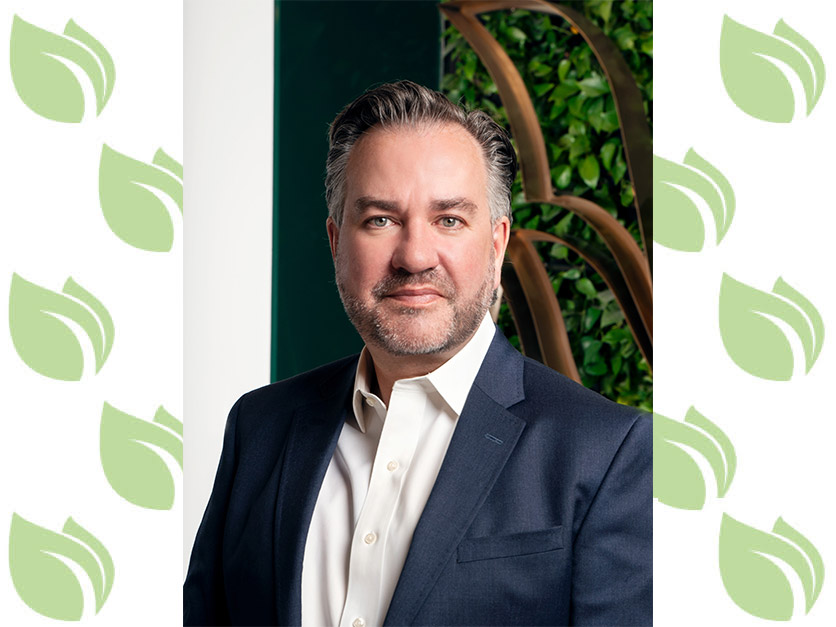Fertilizer prices may yet experience more volatility in Europe and South America, but the situation has mostly stabilized in the U.S. and fall applications will be relatively normal, says Ken Seitz, president and CEO of Nutrien, a major producer of potash, nitrogen and phosphate products.
Demand, especially in places like Brazil, surged in 2022 after the Russian invasion of Ukraine, and fertilizer prices spiked globally, Seitz said Monday at Agri-Pulse’s Ag Outlook Forum in Kansas City. “The growers of the world really stepped into the market and secured supplies, which ran prices up,” he said.
But then prices plummeted after farmers cut down on applications.
“It was just an extraordinary 18 months of volatility of pricing,” Seitz said Friday at Agri-Pulse’s Ag Outlook Forum in Kansas City. “If you were a farmer, you would have felt that.”
Still, most U.S. farmers did not jump into the market as soon as prices began their steep decline, and many are now ready to resume purchases.
“On this continent, I’d like to think that prices have stabilized,” Seitz said. “We’re looking at a pretty open fall application here in this country and we’re watching normal buying patterns and normal inventories in the U.S.”
But Brazilian farmers have yet to resume major purchases after building up inventories, but that’s expected to change as they begin their soybean planting season.
Don't miss a beat! Sign up for a FREE month of Agri-Pulse news! For the latest on what’s happening in agriculture in Washington, D.C. and around the country, click here.
The numbers show just international potash consumption is likely to increase soon. Global potash usage is normally about 71 million tons per year, but last year the world’s farmers only applied 63 million tons, Seitz said.
“As global demand picks up again and farmers start getting potash back on the land, we could experience some additional tightness,” Seitz said.
In a more longer-term view, Seitz said there are still many farmers across the globe that don’t use enough fertilizers for their crops. Sophisticated and larger-scale farmers in countries like the U.S., Canada, Australia and Brazil are giving their crops sufficient nutrients, but that’s not the case in much of the world.
“We go to India, where there’s 100 million farmers and each are on three hectares of land and crop nutrients are habitually underutilized,” Seitz said. “I would say that if you take a global view, crop nutrient use is going to continue to increase in the name of yield.”
For more news, go to www.Agri-Pulse.com


